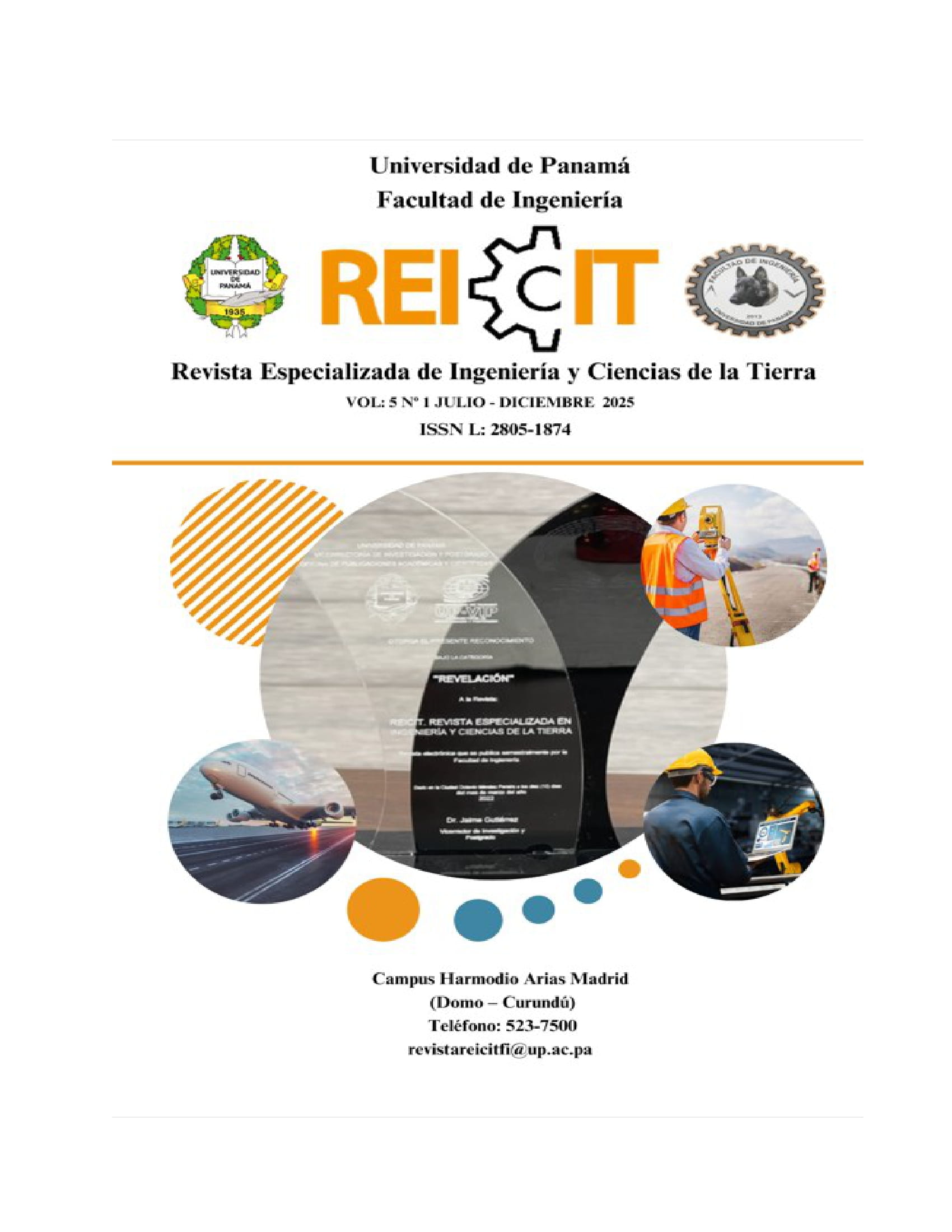

Copyright (c) 2025 REICIT

This work is licensed under a Creative Commons Attribution-NonCommercial-ShareAlike 4.0 International License.
This study compares sustainable construction practices in buildings and infrastructure between Panama and Colombia, considering their regulatory frameworks, technological advances, and socio-environmental contexts. The research used a systematic literature review, regulatory analysis, sustainability indicators, and emblematic case studies.
Colombia stands out for its regulatory-participatory model, which prioritizes social inclusion and community projects, such as the Nueva Colonia neighborhood, while Panama excels in the implementation of advanced technologies in urban projects, such as the Panama Metro Line 3. However, both countries face common challenges, such as water resource management and carbon emission reduction.
Key differences were identified in their approaches: Colombia advances in community participation and detailed regulations, but faces obstacles of corruption and territorial inequality. On the other hand, Panama shows technological efficiency, although with dependence on external financing and limitations in rural areas.
The study highlights the need for a binational approach that combines the strengths of both countries. It proposes harmonizing sustainable certifications, promoting the use of eco-efficient technologies, and improving social equity in public policies. These lessons can be applied to other Latin American contexts, promoting sustainable construction practices that integrate technological innovation, social inclusion and climate resilience.